Which of the following undergoes decarboxylation most readily on being heated?
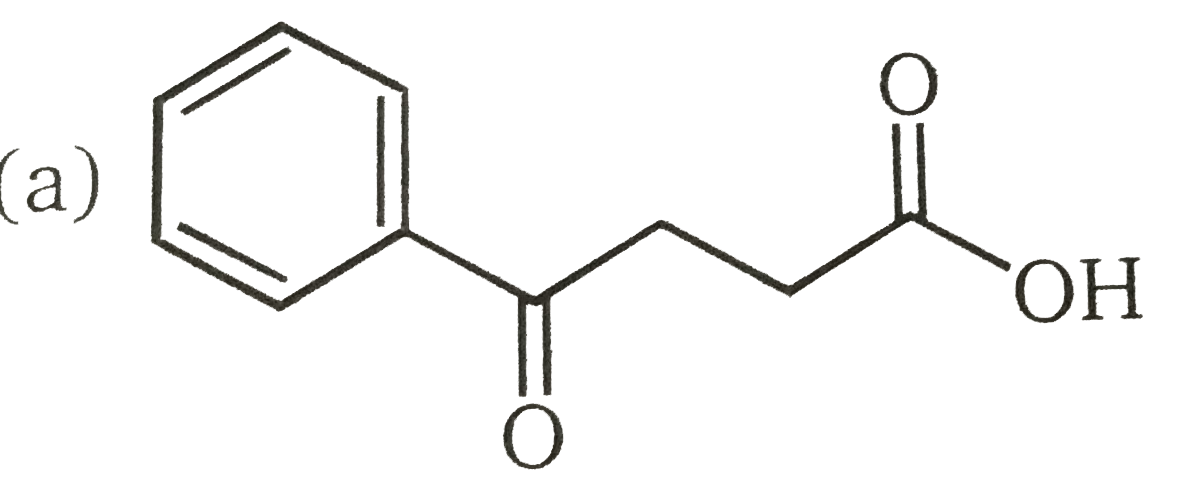
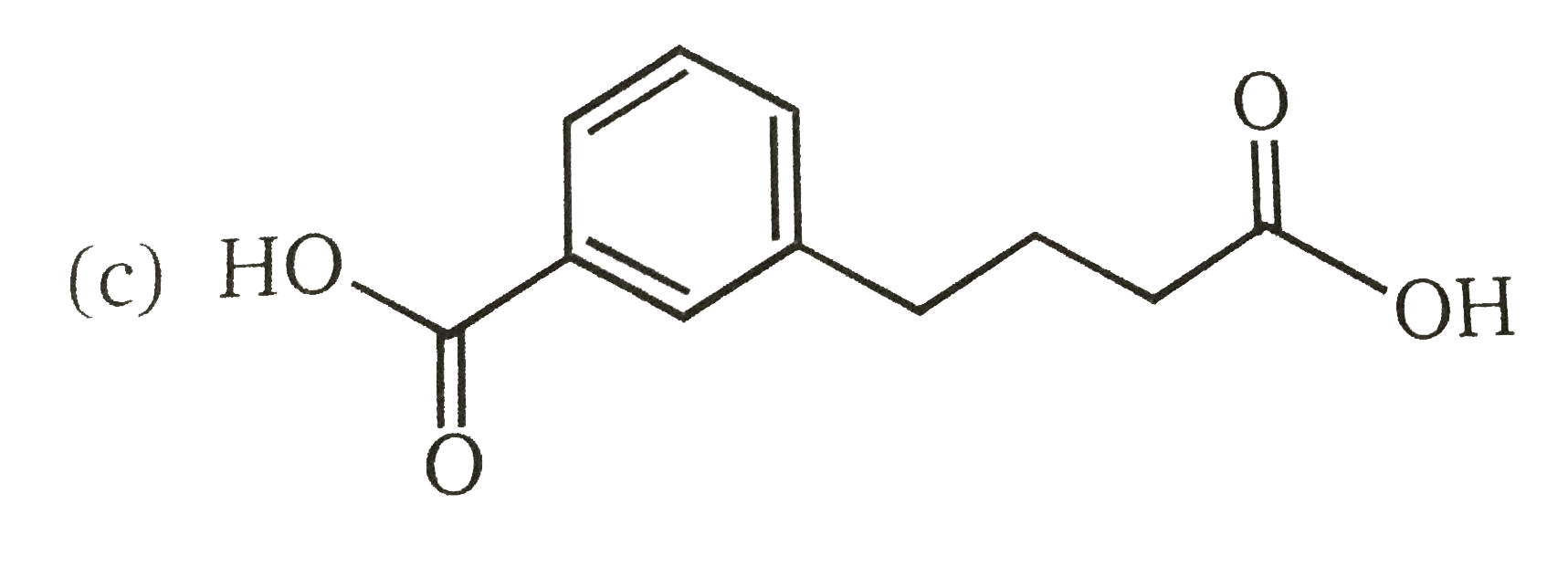
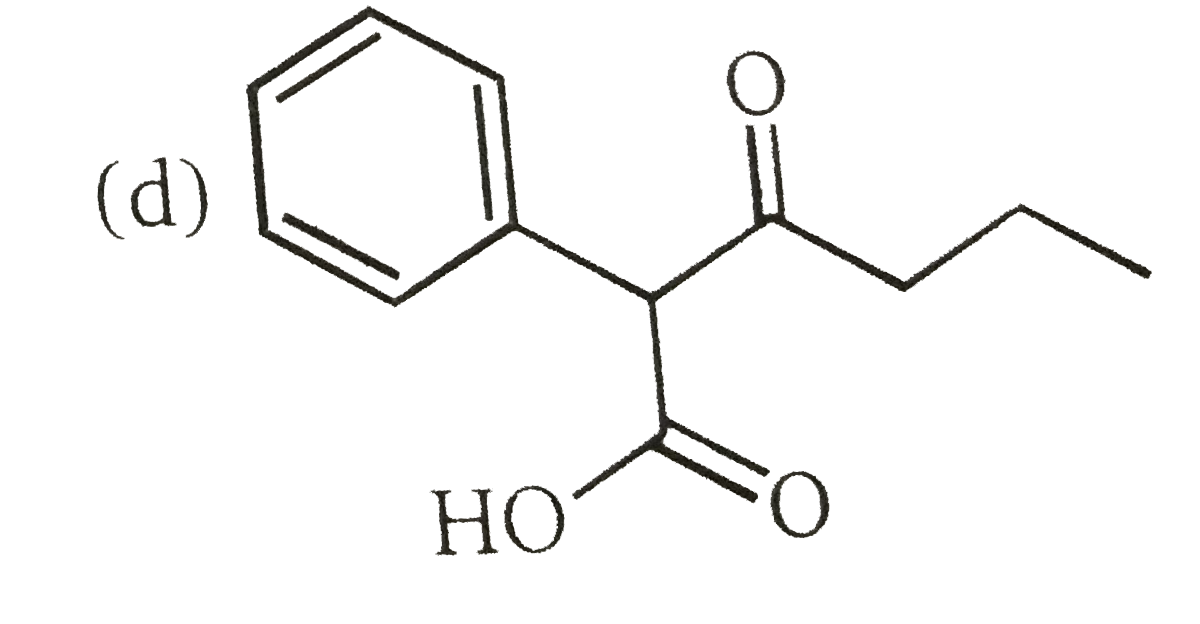
The correct Answer is:D
To determine which compound undergoes decarboxylation most readily upon heating, we need to analyze the given options and identify the structure of each compound.
1. Understand Decarboxylation:
Decarboxylation is the process of removing a carboxyl group (-COOH) from a compound, releasing carbon dioxide (CO2). This reaction is often facilitated by heating.
2. Identify Beta-Keto Acids:
Beta-keto acids are compounds that contain a keto group (C=O) adjacent to a carboxylic acid group. They are known to undergo decarboxylation readily when heated.
3. Analyze the Given Compounds:
- Compound A: Check if it has a keto group next to a carboxylic acid group.
- Compound B: Similarly, check for the presence of a beta-keto structure.
- Compound C: Identify if it is just a carboxylic acid without a keto group.
- Compound D: Look for the keto group adjacent to the carboxylic acid.
4. Identify the Beta-Keto Acid:
After analyzing the structures:
- If Compound D is identified as having the structure of a beta-keto acid, it will undergo decarboxylation most readily upon heating.
5. Conclusion:
Based on the analysis, the compound that undergoes decarboxylation most readily on being heated is Compound D, which is a beta-keto acid.
Final Answer:
Option D undergoes decarboxylation most readily on being heated.
---
Decarboxylation is the process of removing a carboxyl group (-COOH) from a compound, releasing carbon dioxide (CO2). This reaction is often facilitated by heating.
Beta-keto acids are compounds that contain a keto group (C=O) adjacent to a carboxylic acid group. They are known to undergo decarboxylation readily when heated.
- Compound A: Check if it has a keto group next to a carboxylic acid group.
- Compound B: Similarly, check for the presence of a beta-keto structure.
- Compound C: Identify if it is just a carboxylic acid without a keto group.
- Compound D: Look for the keto group adjacent to the carboxylic acid.
After analyzing the structures:
- If Compound D is identified as having the structure of a beta-keto acid, it will undergo decarboxylation most readily upon heating.
Based on the analysis, the compound that undergoes decarboxylation most readily on being heated is Compound D, which is a beta-keto acid.
Option D undergoes decarboxylation most readily on being heated.
Topper's Solved these Questions
- BOOK - MS CHOUHANCHAPTER - CARBOXYLIC ACID AND THEIR DERIVATIVES EXERCISE - Level 1 (Q.1 To Q.30)1videos
CARBOXYLIC ACID AND THEIR DERIVATIVES
- BOOK - MS CHOUHANCHAPTER - CARBOXYLIC ACID AND THEIR DERIVATIVES EXERCISE - Level 1 (Q.31 To Q.60)1videos
CARBOXYLIC ACID AND THEIR DERIVATIVES
- BOOK - MS CHOUHANCHAPTER - CARBOHYDRATES EXERCISE - MULTIPLE CORRECT CHOICE TYPE (INTEGER TYPE)1videos
CARBOHYDRATES
- BOOK - MS CHOUHANCHAPTER - CARBOXYLIC ACIDS AND THEIR DERIVATIVESEXERCISE - ADDITIONAL OBJECTIVE QUESTIONS (Matrix Match Type)1videos
CARBOXYLIC ACIDS AND THEIR DERIVATIVES
Similar Questions
Knowledge Check
- Question 1 - Select One
Which one of the following undergoes decarboxylation most readily?
ACH3−O∣∣C−COOHBCH3O∣∣CCH2CH2COOHCCH3−O∣∣CCH2COOHDCH3O∣∣C(CH2)3COOH - Question 2 - Select One or More
Which of the following undergo easy decarboxylation ?
AMeCOCH2COOHBO2N−CH2COOHCCl3C−COOHDF3C−COCH2COOH - Question 3 - Select One
Which of the following acid undergoes decarboxylation easily ?
A B
B C
C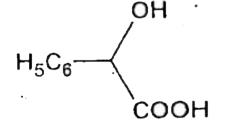 D
D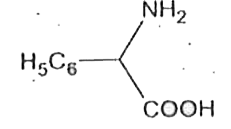
Which of the following will undergo decarboxylation easily?
View SolutionWhich fo the following would undergo dehydration most readily?
View SolutionWhich of the follwing undergoes nitration most readily?
View SolutionWhich of the following will from carbocation most readily ?
View SolutionWhich one of the following acids undergoes decarboxylation on strong heating:
View Solution

